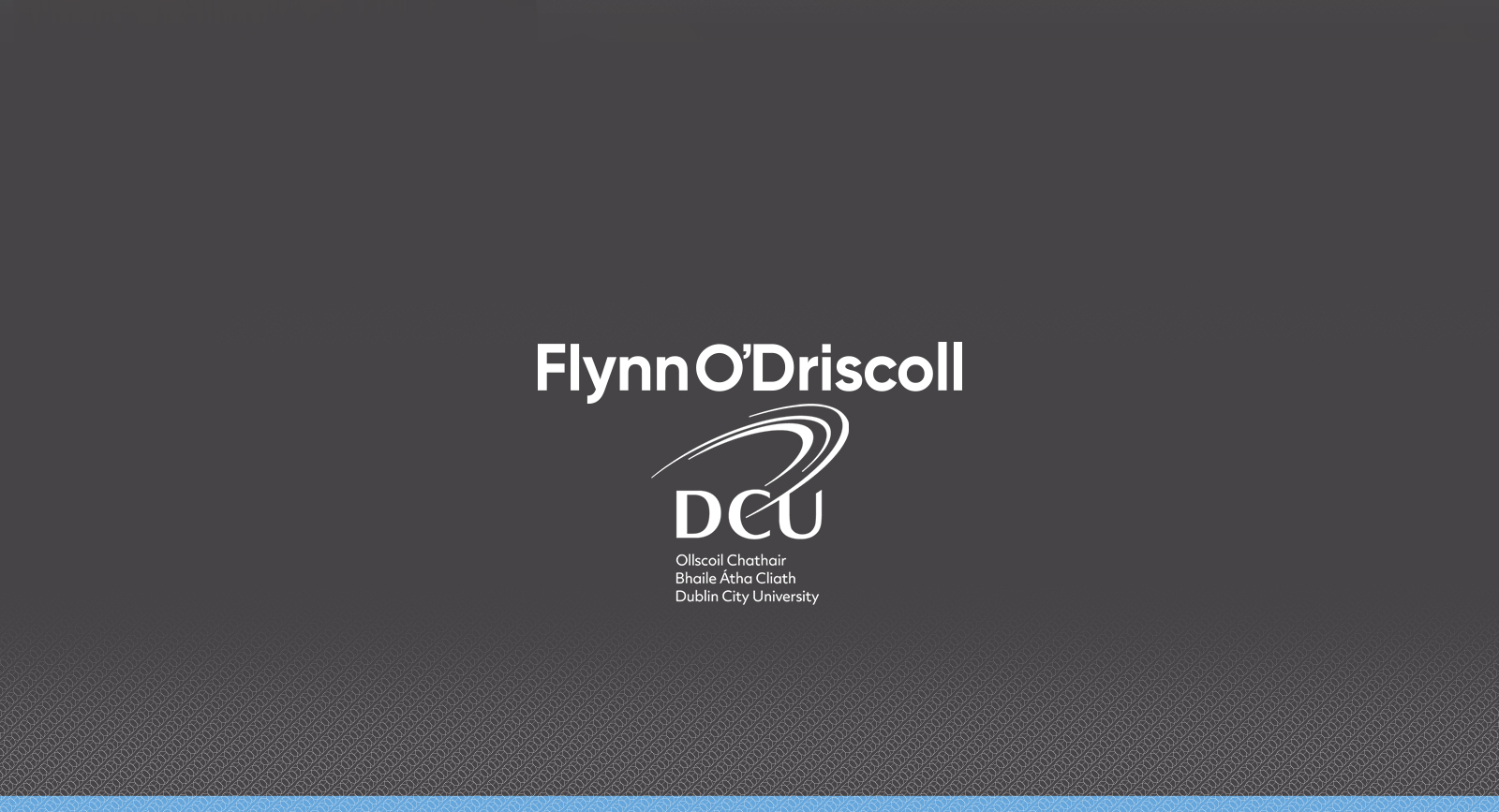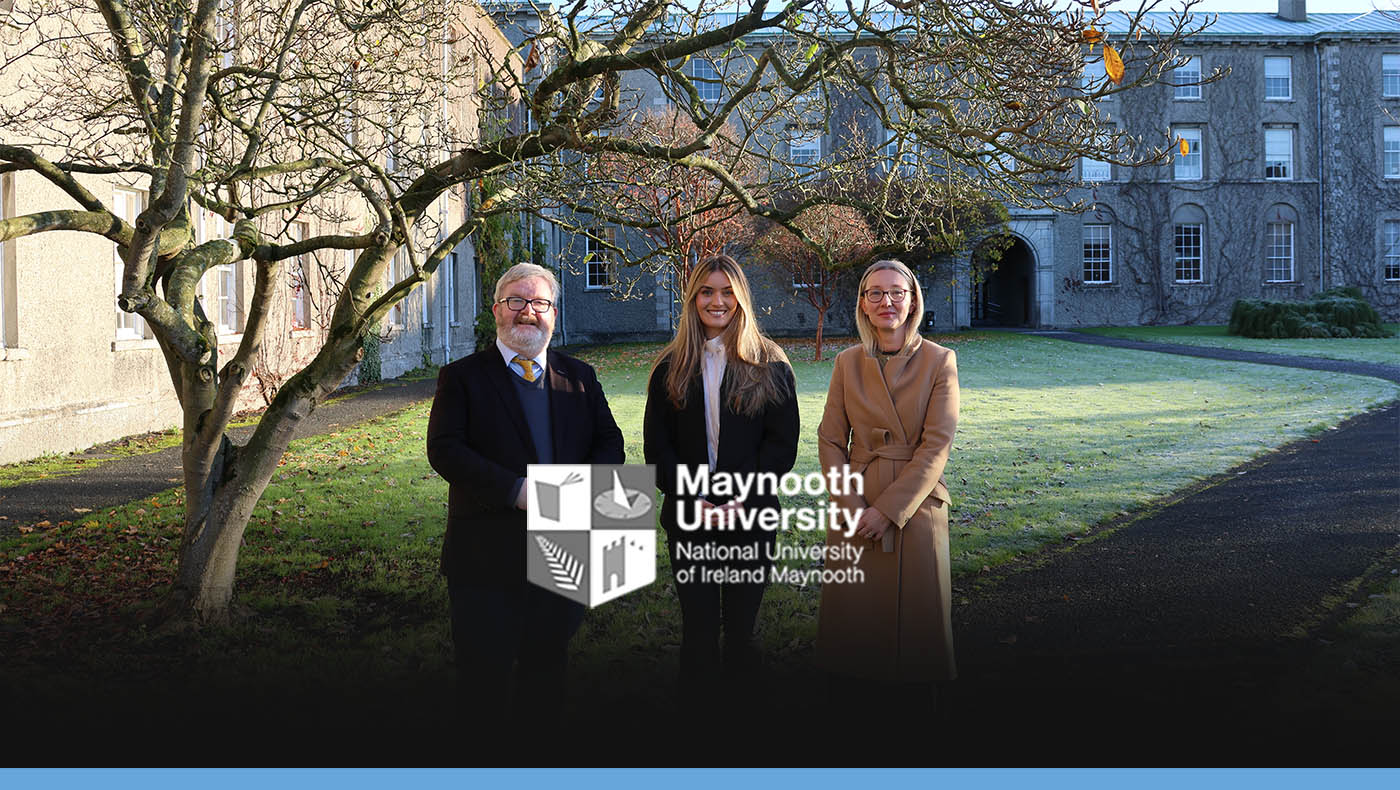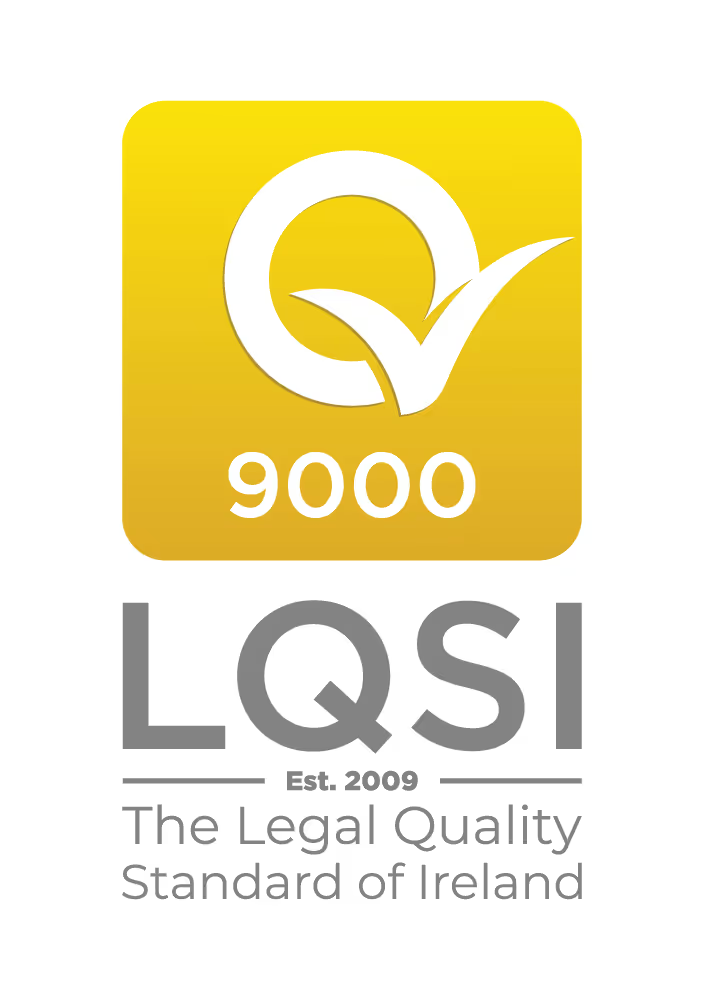As the stakeholders within the aviation industry continue to tackle the uncertainty created by the Covid-19 pandemic, aviation related insolvencies show no signs of abating. The pandemic has had a massive impact on airlines across the world - by October 2020 43 commercial airlines had completely ceased or suspended operations. Here in Ireland, as recently as 12 June, Stobart Air announced it would cease operations. In 2020 Cityjet, a leading wet lease provider and airline operator underwent a successful restructuring, while Norwegian Air Group recently exited a restructuring process that began in November 2020. Nordic Aviation Group, the fifth largest leasing company in the world, also underwent a complex Scheme of Arrangement process last year.
Both Cityjet and Norwegian sought protection under Ireland’s domestic insolvency laws and undertook a process called ‘examinership’. We outlined this process and what it entails for a company’s creditors in a previous article here. In essence, examinership provides a company with a 70 day period of protection from creditors to facilitate a rescue plan to be established (the period of protection can be extended at the Court’s discretion). The Convention on International Interests in Mobile Assets (the “Convention”) and in particular Article XI of the protocol to the Convention (the “Protocol”) established an alternative insolvency regime (“Alternative A Regime”). The provisions of the Alternative A Regime have gained increased importance for creditors and debtors in the aviation industry worldwide since the beginning of the pandemic. No entity has sought protection under the Alternative A Regime since its implementation in Ireland in May 2017.
What is the Alternative A Regime and what does it aim to do?
The Alternative A Regime governs creditors’ rights with respect to airframes, engines or helicopters including all data, manuals and records (“Aircraft Object(s)”) in a debtor’s possession that are subject to a security agreement, a lease or a conditional sale agreement registered on the International Registry of Mobile Assets.
The Alternative A Regime, inspired by Title 11, Section 1110 of the US Bankruptcy Code, has been described as the most important and significant of the Convention’s declarations. The regime is considered significant as it provides certainty to financiers when entering a market which in turn increases the availability of and reduces the costs of aircraft financing in that particular jurisdiction. By introducing the Alternative A Regime, Ireland further confirmed its ongoing commitment to the global aviation industry.
The Alternative A Regime aims to provide more assurance to creditors, specifying a binding time limit (set out below) within which the debtor has to either give possession of an Aircraft Object or cure all defaults and agree to perform all future obligations under the relevant agreement.
When does the Alternative A Regime apply?
The regime can be invoked in Ireland:
1. in situations where Ireland is the “place of the debtor’s statutory seat[1]” or “the place where the debtor is incorporated or formed[2]”; and
2. when an “insolvency-related event” has occurred i.e. insolvency proceedings have commenced or an intention to suspend payments has been declared and the creditor is precluded from instituting insolvency proceedings under law or state action.
What is considered “insolvency proceedings” under domestic insolvency laws has become a topic of much academic and judicial debate over the past 15 months.
As previously mentioned, the Alternative A Regime requires the insolvency administrator or the debtor, by the earlier of:
A. the end of the waiting period; or
B. the date on which the creditor would be entitled to possession of the Aircraft Object if the regime did not apply,
to:
A. give possession of the Aircraft Object to the creditor; or
B. cure all defaults (other than a default constituted by the insolvency proceedings) and agree to perform all future obligations.
Where possession must be given up, the Convention requires that the creditor give possession of the equipment to the debtor, and once possession has been obtained, the creditor has the right to deregister and export the aircraft.
How long does it apply for?
Where the Convention applies, and interests have been validly registered on the International Registry of Mobile Assets, Alternative A Regime provides a “waiting period” of 60 days.
If the regime is invoked at the commencement of insolvency proceedings, the normal protection that can be provided by the Irish Courts (if the Court approves the appointment of an examiner) is reduced from the normal 70 day period, (as provided by the Companies Act), to 60 days and the Court cannot, without the agreement of both the debtor and creditor, extend its protection beyond this 60 day waiting period.
What other protections are provided by the Convention?
The Convention provides further protections and remedies during and after the waiting period.
For example giving possession of the Aircraft Object by a certain date cannot be delayed further by any order or action after the expiry of the waiting period, other than by agreement between the debtor and creditor. While paragraph 10 of the Alternative A Regime provides that no obligations of the debtor under the agreement may be modified without the consent of the creditor, this provision cannot be construed to affect the authority of the insolvency administrator under the applicable law to terminate the agreement.
In addition, until such time as a creditor is given the opportunity to take possession of the Aircraft Object and as a condition of the stay on enforcement, the insolvency administrator or debtor must preserve and maintain the Aircraft Object and its value in accordance with their agreement. The creditor shall also be entitled to apply for any other forms of interim relief available under Irish law.
Recent updates on the Alternative A Regime in Ireland and abroad
In the Nordic Aviation Capital (“NAC”) scheme of arrangement that was before the Irish Commercial Court in 2020, NAC submitted that the protections afforded under the Alternative A Regime were not applicable on the basis that an Irish scheme of arrangement did not fall within the Protocol’s definition of “insolvency-related event” or the Convention’s definition of “insolvency proceedings”. In circumstances where more than 90% of the creditors were in favour of the proposed scheme of arrangement, the Commercial Court made no determination on this point but did note that NAC made a “strong case” that an Irish Scheme of Arrangement should not be considered an insolvency-related event under the Convention.
If the Irish Courts were to rule that the Irish examinership process and / or scheme of arrangement were considered insolvency-related events under the Convention, the protection period usually afforded to a company involved in examinership would obviously be shortened to 60 days (unless agreed otherwise) and the binding of lessors to a Scheme of Arrangement (despite objecting to it) would no longer be possible. What other unforeseen consequences might arise are yet to be seen.
In the recent MAB Leasing (“MAB”) insolvency proceedings before the High Court of England and Wales, the Aviation Working Group (“AWG”) requested the Court to decide whether the UK’s Part 26 scheme of arrangement was considered an insolvency related event. While the judge noted that “the Court should be concerned whether it was right to give its sanction to a scheme which might be thought to breach an international convention to which the UK is a party”, the Court did not address the matter sought by the AWG as all of MAB’s creditors agreed to the scheme proposed.
In contrast, a recent ruling by the Malaysian High Court in AirAsia X Berhad (“AAX”) v BOC Aviation Limited is likely to be instructive for courts in other jurisdictions as the number of restructurings in the aviation industry continues to rise. The Malaysian High Court held that a Malaysian scheme of arrangement is an insolvency-related event for the purposes of the Convention and the Protocol. The Court considered the Annotation to the Official Commentary of the Convention of 16 June 2020 (the “Annotation”), which confirms that schemes of arrangement fall within the definition of “insolvency proceedings” under the Convention where they are:
a) formulated in an insolvency context or by reason of actual or anticipated financial difficulties of the debtor company; and
b) collective in that they are concluded on behalf of creditors generally or classes of creditor that collectively represent a substantial part of the indebtedness.
The Annotation also confirms that a reorganisation arrangement (as defined within the Annotation), in which a court acts to facilitate a statutory process, and where the court's approval is required for its implementation, will constitute “insolvency proceedings” where “the debtor's assets and affairs are subject to court control or supervision for the purposes of reorganisation”. The High Court rejected expert opinion relied on by AAX on the interpretation of the definition of “insolvency proceedings” on the basis that too restrictive a meaning was put on the words related to the debtor’s “assets” and affairs being “subject to control or supervision by a court”. The Court ruled all that is required is that the proposed scheme must be approved by the court and that it meets the requirement of assets and affairs being subject to control or supervision.
It remains to be seen how persuasive this decision might be but what is clear is that this area of law is far from settled. It is worth noting that the AWG recently procured expert opinions from Professors Louise Gullifer and Riz Mokal which stated in light of the recent Gategroup decision where it was held that schemes of arrangement under English law are “insolvency proceedings” for the purposes of the Lugano Convention there is little doubt that Schemes of Arrangements under English law should be considered “insolvency proceedings” for the purposes of the Convention. It will be interesting to see if any judicial clarity transpires as the industry begins to emerge from the pandemic over the coming months.
[1] Schedule 2 of the International Interests in Mobile Equipment (Cape Town Convention) Act 2005 , No. 15 of 2005, Schedule 2, Dublin: available http://www.irishstatutebook.ie/eli/2005/act/15/enacted/en/print.html
[2] Schedule 2 of the International Interests in Mobile Equipment (Cape Town Convention) Act 2005 , No. 15 of 2005, Schedule 2, Dublin: available http://www.irishstatutebook.ie/eli/2005/act/15/enacted/en/print.html
This note is for general information purposes. Legal advice must be obtained for all individual circumstances. Whilst every effort has been made to ensure the accuracy of this note, no liability is accepted by the author or Flynn O’Driscoll for any inaccuracies.
- Flynn O’Driscoll’s cross departmental aviation disputes team comprising of aviation, insolvency and dispute resolution professionals are ready to assist financiers, leasing companies, airlines or any other stakeholder who may have a query about aircraft repossession.






